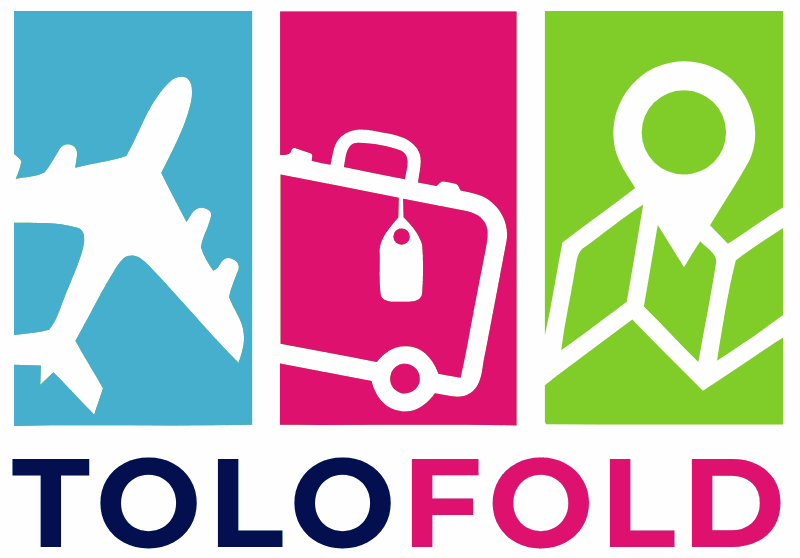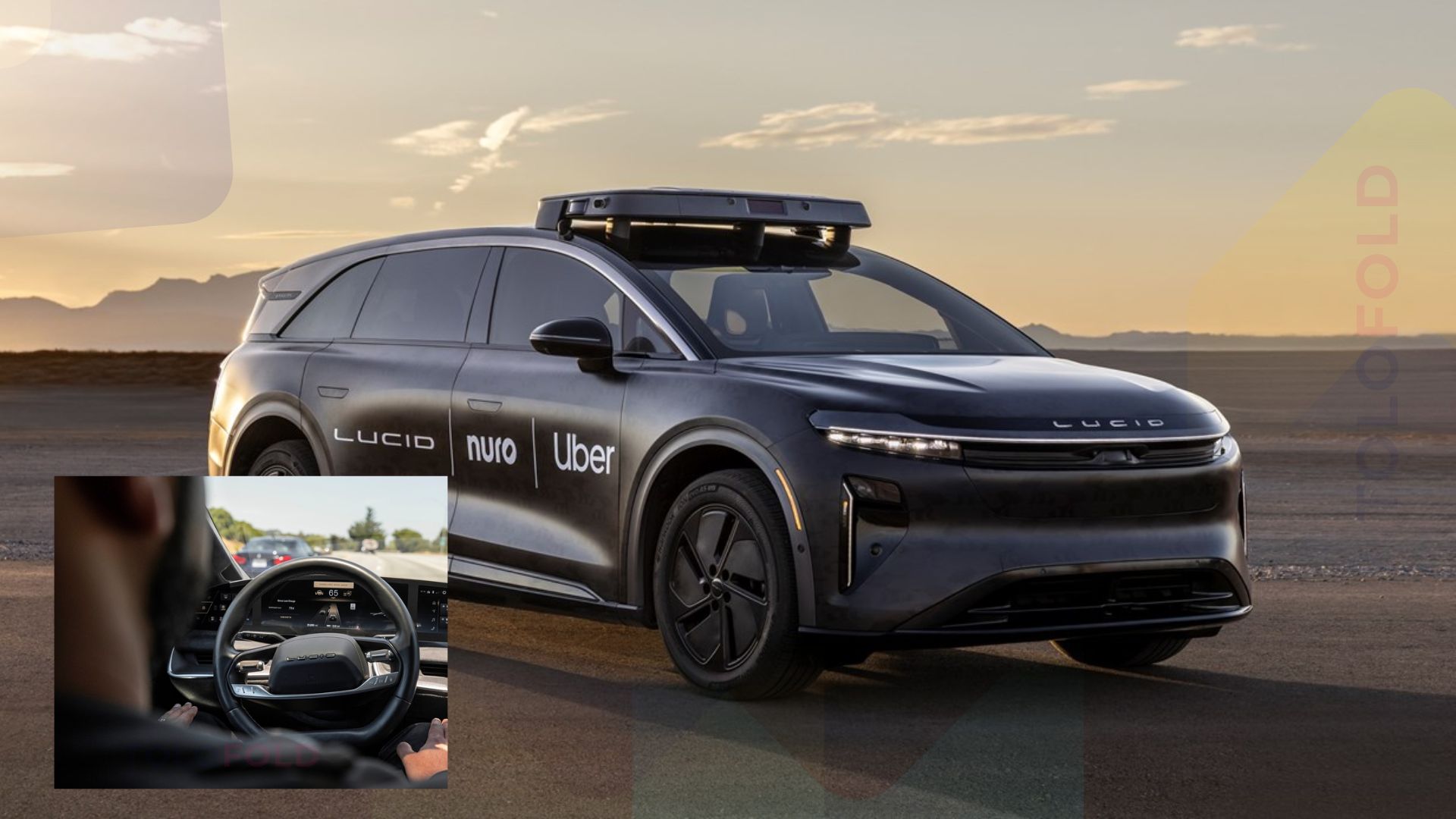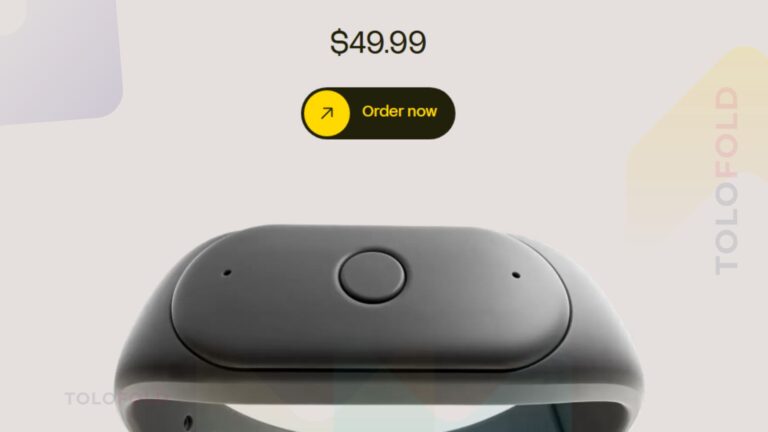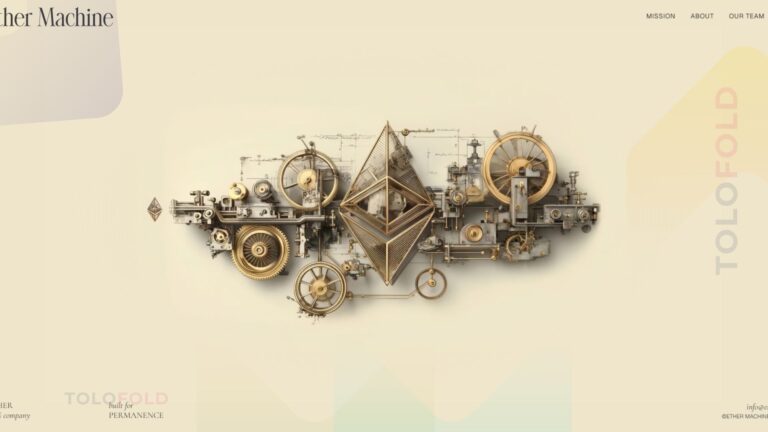From Rideshare to Robocars: Inside Uber’s 20,000-Vehicle Robotaxi Strategy
Uber has unveiled plans to deploy at least 20,000 robotaxis in partnership with electric vehicle maker Lucid and autonomous driving technology company Nuro. The fleet will consist of Lucid Gravity SUVs equipped with Nuro’s AI-powered “Nuro Driver” system, capable of Level 4 autonomy—meaning near-full self-driving capabilities without human intervention. The initiative is set to begin in late 2026 in a major U.S. city, with expansion expected over six years to global markets, according to a press release.
Why Uber’s Move Matters
This marks one of the largest single commitments in the robotaxi sector, positioning Uber against competitors like Waymo, Tesla, and Amazon’s Zoox. Unlike rivals that develop proprietary fleets, Uber’s strategy hinges on partnerships—leveraging Lucid’s luxury EVs and Nuro’s autonomy stack. The exclusivity deal ensures these vehicles will operate solely on Uber’s platform, potentially giving the company a significant edge in market share.
Uber CEO Dara Khosrowshahi emphasized the transformative potential of autonomous vehicles, stating they could “safely bring the magic of autonomous driving to more people across the world.” Investors have taken note, with Uber committing hundreds of millions to Lucid and Nuro, including at least $300 million to Lucid alone.
Challenges and Competition
While ambitious, Uber’s path isn’t without hurdles. Regulatory approvals, technical limitations (such as poor weather performance), and public trust remain barriers. Competitors like Waymo already operate driverless services in multiple cities, while Zoox plans public launches in San Francisco and Las Vegas this year.
Tesla, meanwhile, runs its own robotaxi pilot in Austin but has faced skepticism over scalability. Notably, General Motors abandoned its Cruise robotaxi unit last year after high-profile safety incidents, shifting focus to driver-assistance tech instead.
Impact on Drivers
The announcement raises questions about Uber’s 7 million global drivers. While some fear automation could displace jobs, experts predict a gradual transition. Khosrowshahi has stated human drivers will remain essential, especially in complex driving scenarios. Many drivers may shift to delivery roles like Uber Eats as autonomy expands.
Behind the Partnerships
Lucid, a relative newcomer to EVs, pivoted from developing its own self-driving car to partnering with Uber—a strategic move to gain urban mobility traction. Nuro, previously focused on delivery robots, shifted to licensing its autonomous tech, accelerating its scalability.
Key details:
- Vehicle specs: The Lucid Gravity robotaxi boasts a 450-mile range, ideal for prolonged service.
- Ownership model: Uber or third-party partners will own and operate the fleet; rides will only be available via Uber’s app.
- Regulatory landscape: The federal government’s declining support for EVs makes Uber’s investment crucial for Lucid and Nuro’s growth.
Testing is underway at Nuro’s Las Vegas facility, advancing toward public deployment pending safety validation.
What’s Next?
If successful, Uber’s 20,000-vehicle rollout could redefine urban mobility—but skeptics argue robotaxis remain a niche solution. With less than 1% of Uber’s driver fleet replaced, the human element isn’t disappearing soon. Meanwhile, partnerships like this illustrate Silicon Valley’s broader bet: that autonomy, despite its challenges, will reshape transportation.
For now, riders in one major U.S. city will soon find out if robotaxis live up to the hype—or if the road to autonomy still has bumps ahead.







